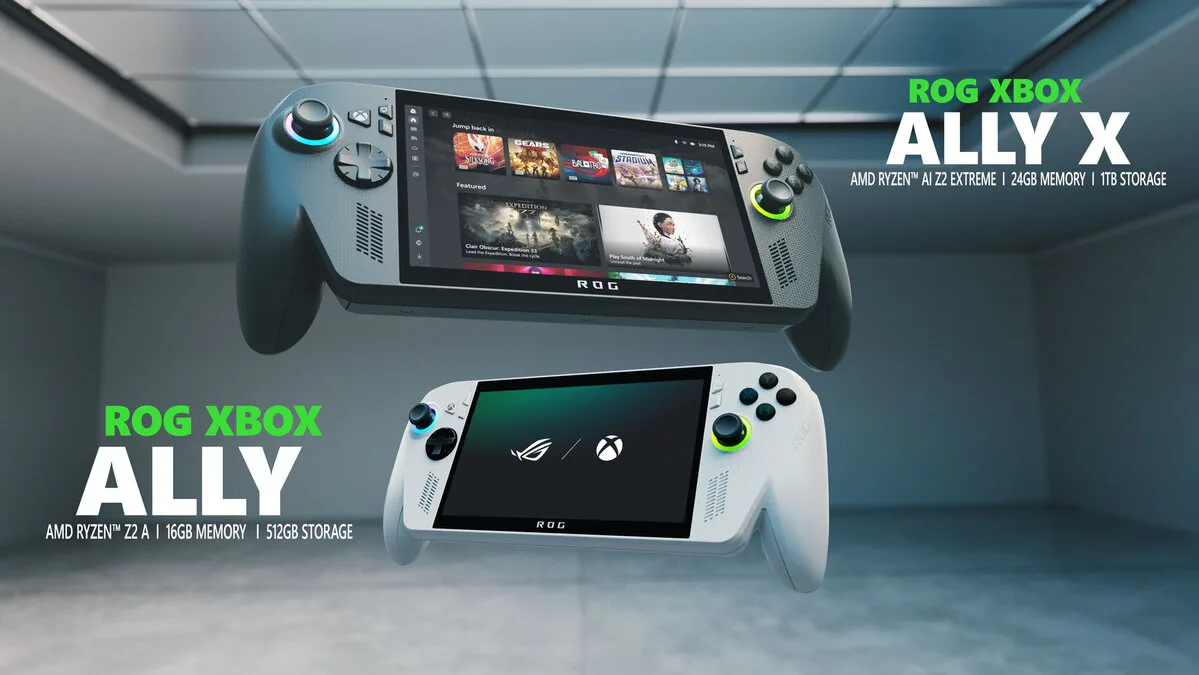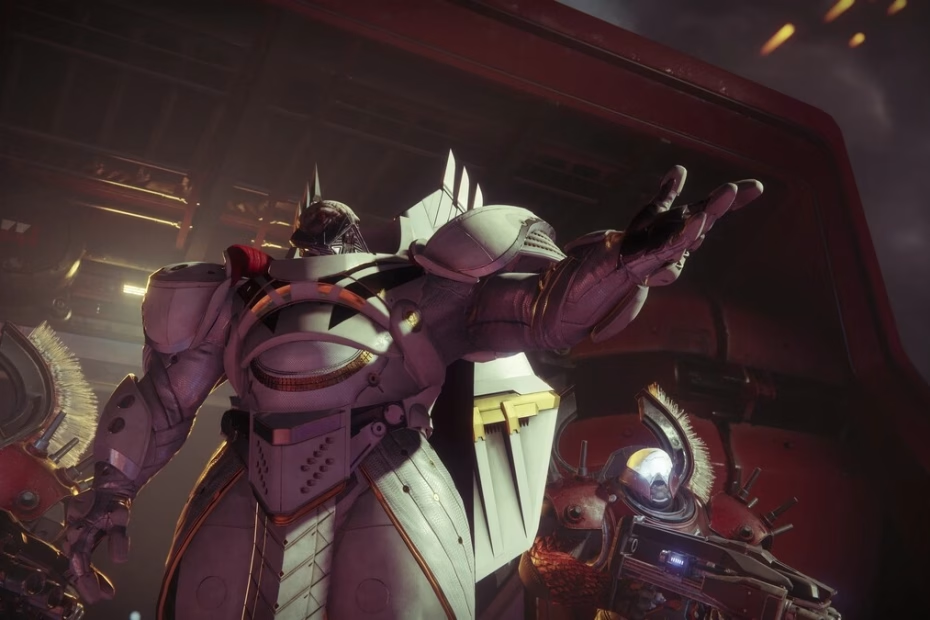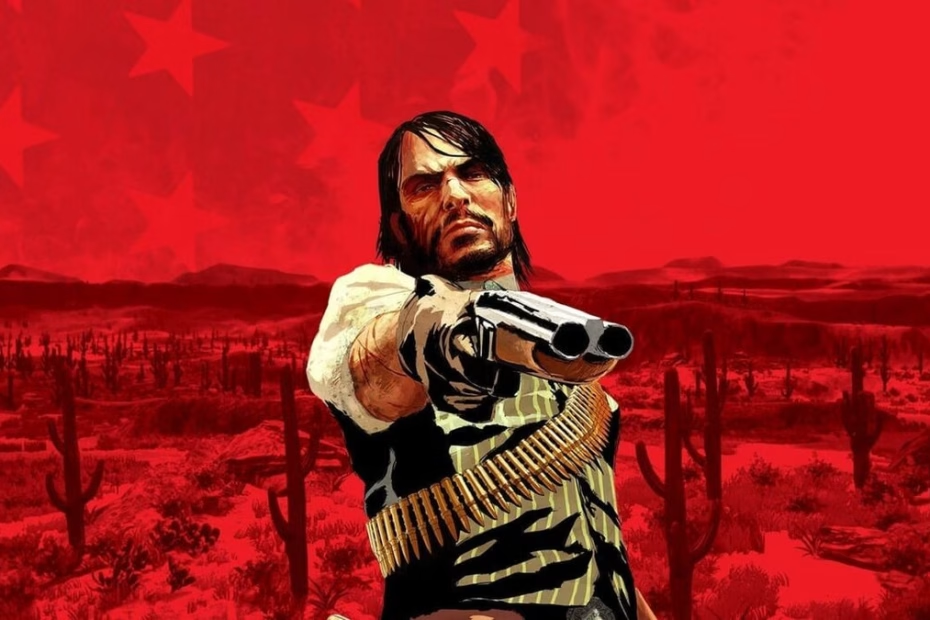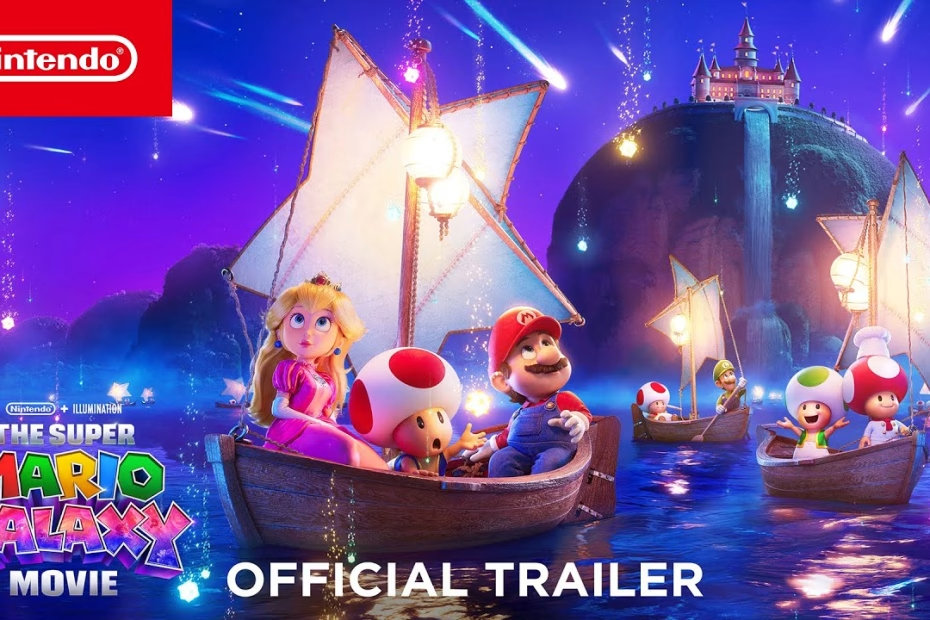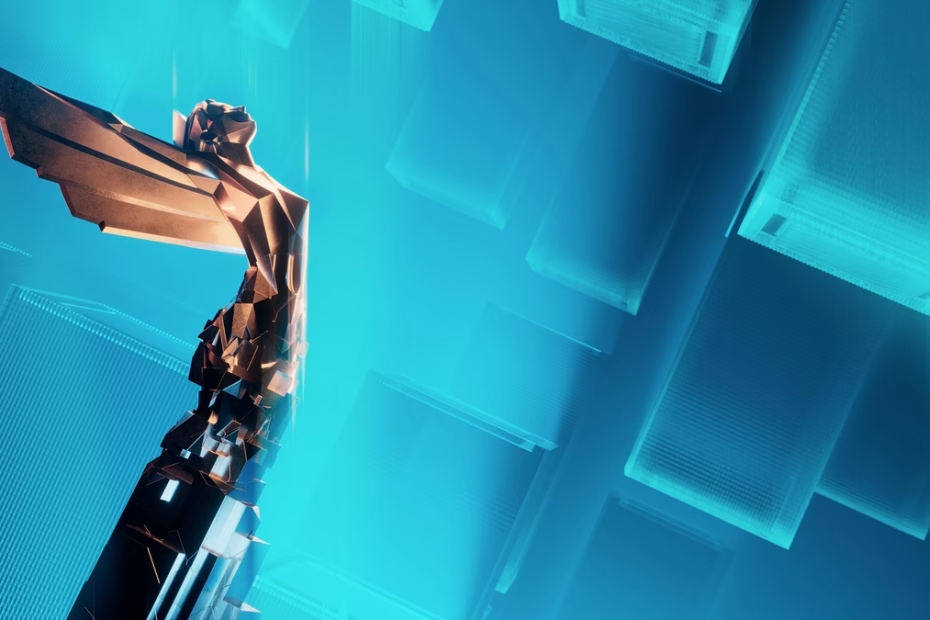
Here is the list of nominees for The Game Awards 2025
Clair Obscur and PlayStation dominate The Game Awards 2025 nominations, setting the stage for one of the most competitive editions yet. This year’s ceremony will also mark a historic first: it will be streamed globally… Here is the list of nominees for The Game Awards 2025
